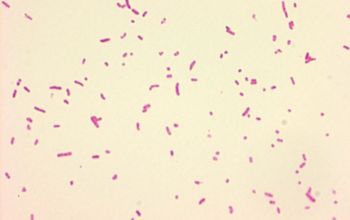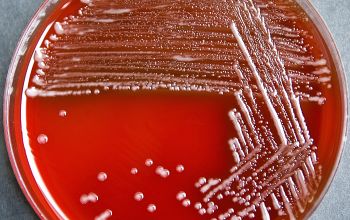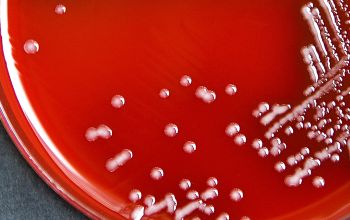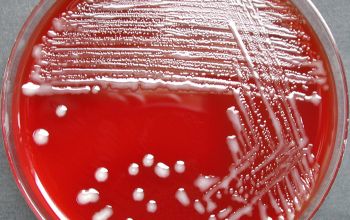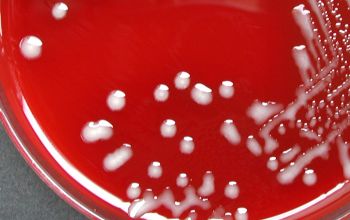Actinobacillus ureae
-
General information
Taxonomy
Family: Pasteurellaceae, formerly: Pasteurella ureae
Genus: Actinobacillus ureae and A. hominis
Natural habitats
A. ureae is usually a commensal in the human respiratory tract, particularly in patients with lower respiratory tract disease.
Clinical significance
They may be involved in the pathogenesis of sinusitis, bronchopneumonia, meningitis, and other infections in immunocompromised patients.
Cases are rare.
-
Gram stain
Solid media:
Gram negative, medium-sized, rod-shaped or coccoid rods,
Their arrangement is single, in pairs and rarely in short chains.
Liquid media:
They are longer and show a tendency to bipolar staining.
-
Culture characteristics
-
Facultatively anaerobic 5-10% CO2 improves the growth
BA: colonies are smooth or rough, viscose and often adherent (sticky) to the agar, and are apprroximately 2 mm after 24 hours. Smooth colonies are domed shaped and have a bluish hue when viewed by transmitted light.
McConkey: no growth
BBAØ: growth
-
-
Characteristics
-
References
James Versalovic et al.(2011) Manual of Clinical Microbiology 10th Edition
Karen C. Carrol et al (2019) Manual of Clinical Microbiology, 12th Edition


